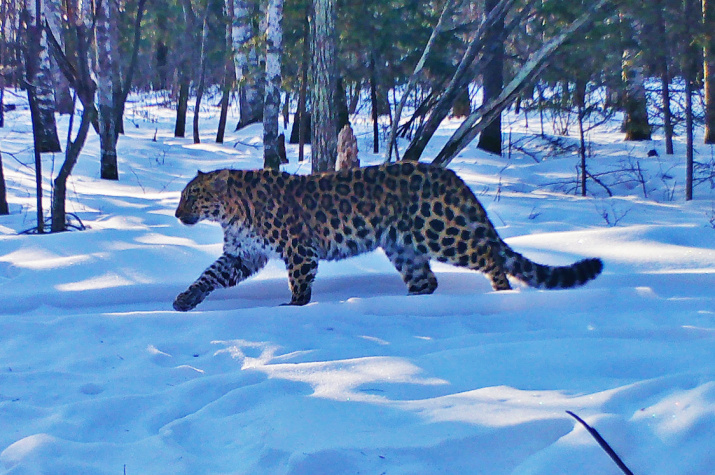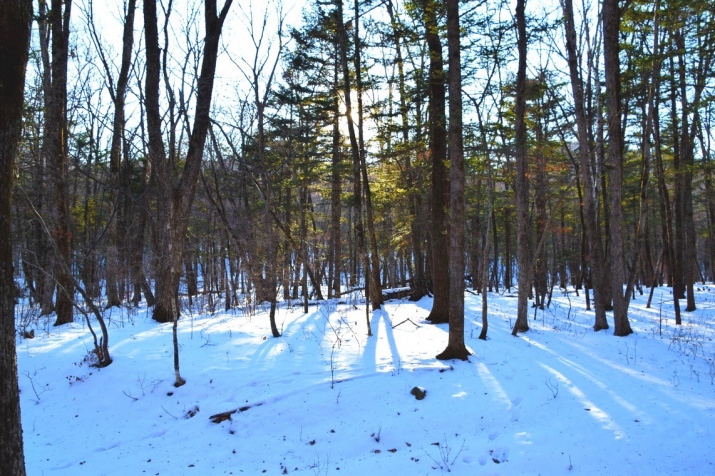Forest conservation zones with a total area of more than 250 thousand hectares have been created for Mongolian oak in several forestries of Primorye, in the vicinity of the “Land of the Leopard” National Park. This will create an additional buffer to protect the habitats of the Amur leopard and the Siberian tiger.
Mongolian oak forests occupied significant territories in Primorye in the past. This tree can grow on steep rocky mountain slopes and on narrow rocky ridges of watersheds. Due to the peculiarities of its biology, the oak is very resilient, undemanding, and extremely frost-resistant. The indigenous forest stands of oak are now preserved only in specially protected natural areas. In the “Kedrovaya Pad” Nature Reserve, which is part of the “Land of the Leopard” National Park, there are huge oaks with a diameter of up to 1.5 m at the chest height and reaching an age of 400-500 years. The oak gives crops of acorns, providing food for ungulates, birds, rodents, and therefore, under the canopy of oak forests, a variety of forest dwellers feel at ease. The Red Book Amur leopard and the Siberian tiger also prefer to inhabit mountain oak forests.
The oak forests in the southwest of Primorye have been mercilessly cut down for a long time, reducing the habitats of the rare predators. This uncontrolled use of forest resources has become one of the reasons for the almost complete disappearance of the Amur leopard in the 20th century. Established in 2012, “Land of the Leopard” stopped hunting and felling in the habitat of the spotted cat. Measures to rescue the spotted cats bore fruit, and the population of the Amur leopard began to increase – since the beginning of the 21st century, it has tripled. Now the number of the Amur leopards is about 100 specimens, including growing cubs. Experts believe that in order to stabilize the state of this population, a number of at least 150 specimens is needed. The national park hopes to reach this figure by 2024. In this regard, additional protective measures are urgently needed, that take into account the further dispersal of the subspecies.
The order of the regional governor Oleg Kozhemyako, signed in early 2021, creates forest conservation zones for Mongolian oak in several forestries of Primorye, with a total area of more than 250 thousand hectares. In these zones, felling of Mongolian oak is prohibited. Outside the conservation zones, the harvesting of this species is now regulated by the minimum trunk diameter – a parameter that will keep young trees that have not yet had time to bear fruit from being cut down.
The director of the “Land of the Leopard” Federal State Budgetary Institution, Viktor Bardyuk: "To fully restore the population of the Amur leopard, it is important to maintain a natural balance in its habitat, which is expanding over time. We are glad that even outside the protected areas, the rare cat becomes the object of care of various government agencies."
Forestry innovations in the region are aiming to help restore the Amur leopard, as well as other rare animal species in the southwest of Primorsky Krai.


